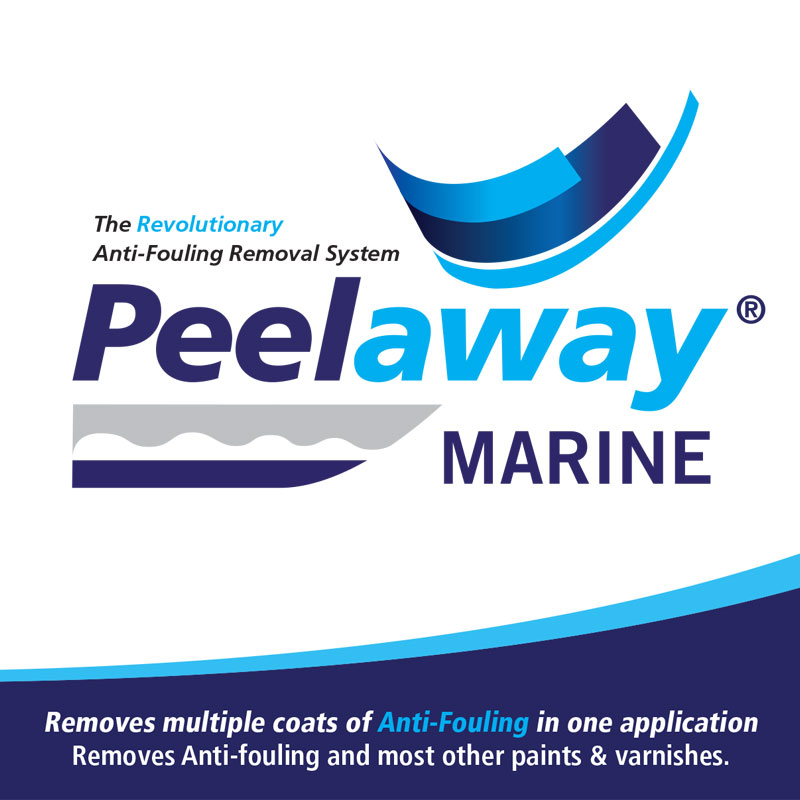
Products
Peelaway Marine
Learn More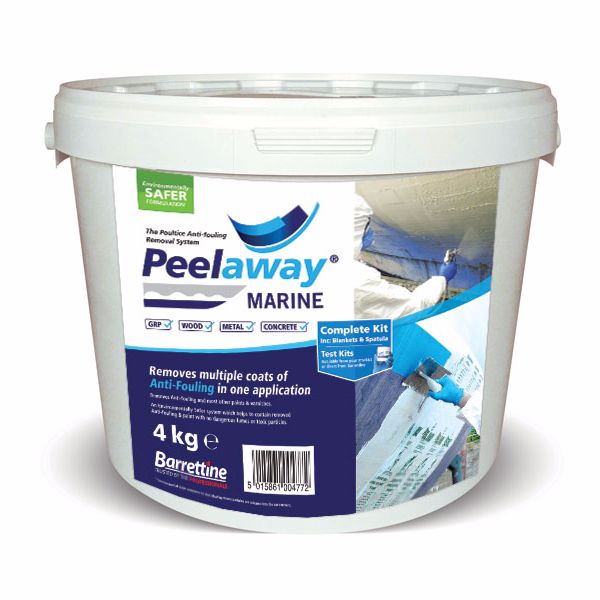

Its patented poultice system allows the product to remain active and work without rapidly drying out. The special poultice blanket supplied also helps collect stripped paint and reduces boatyard contamination risk.
Peelaway Marine is a light paste consistency and is easy to apply to vertical surfaces and difficult shapes. It can be applied with a brush or trowel and for larger areas an airless sprayer can be used.
Suitable for most hull types including GRP, wood, metal & concrete. Always test a small inconspicuous area before applying generally.
Please read the full instructions before use.
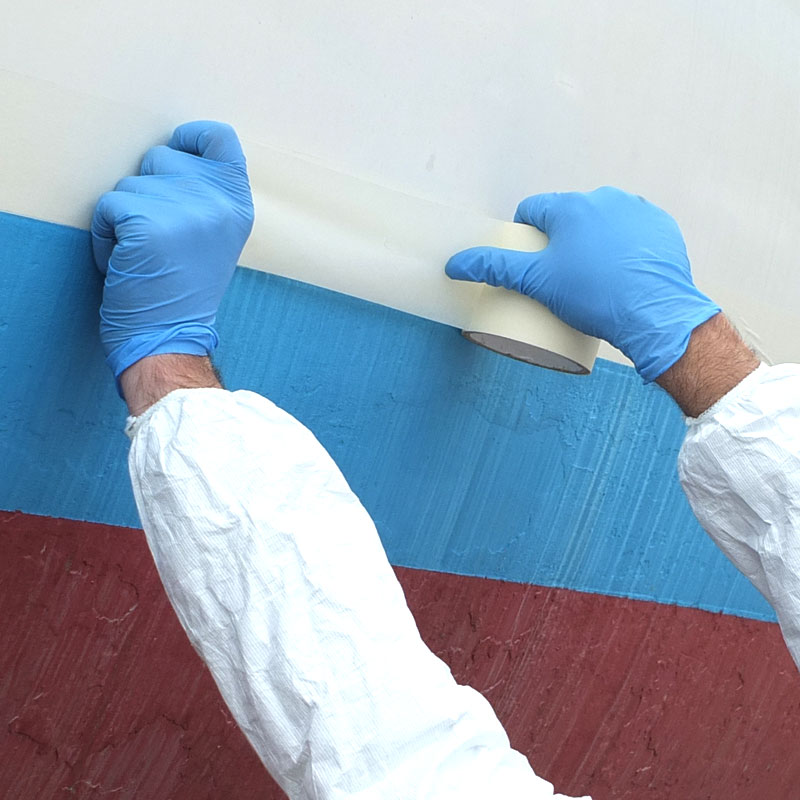
Please read all the instructions and safety information before starting work.
Clean and prepare the work area removing any built up accumulations of fouling or blistered old anti foul coating. Cover any surfaces not intended to be stripped with polythene sheet and tape. See label for Health, Safety and Environmental information and full regulatory warnings.
SAFETY: Wear coveralls, chemical resistant gloves, face mask and eye protection. Ensure adequate cross ventilation if indoors. Keep product away from children and animals. Store product in a cool dry area and always replace the lid after use. In case of spillage, wash the affected area with plenty of water.
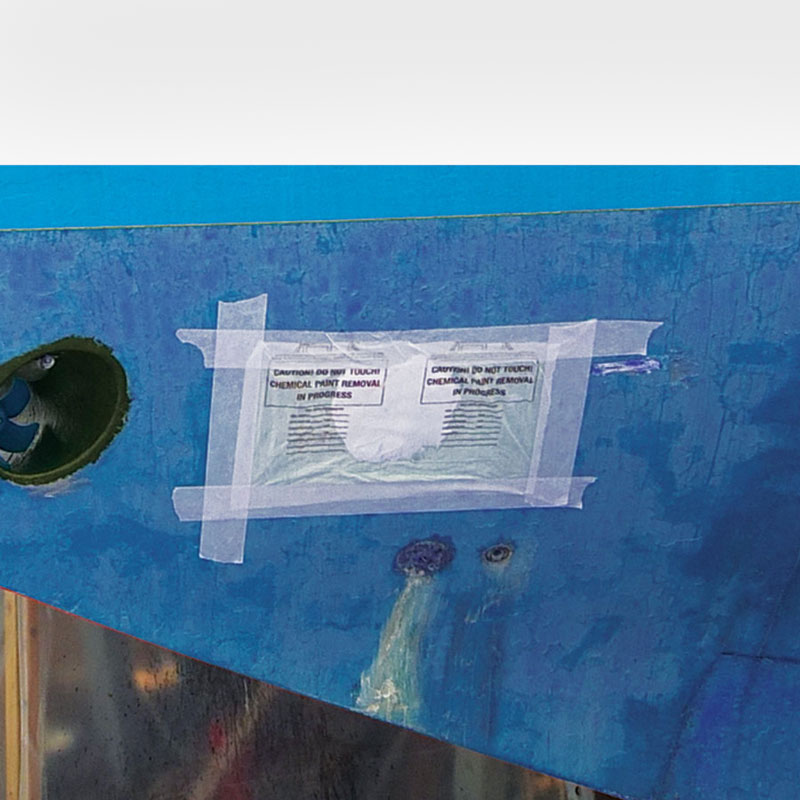
It is often impossible to know the type and build depth of anti-fouling before coatings are removed. It is essential to apply a test patch to an area typical of the surface to be stripped to ensure the results will be satisfactory. This will also indicate the dwell time required and thickness of paste to be applied. It is the responsibility of the user to ensure the suitability of the product for each individual application. Once a small test patch has been successful we recommend wider tests across the surface to more accurately determine the application thickness and time required for the stripping process.
Note: The film thickness of anti-fouling can vary across the length of the hull. Peelaway® Marine is safe to use on GRP/gel coat finishes based on our internal tests where product was not left on for more than 48 hours. Some discolouration of treated area may occur. Barrettine accepts no responsibility for damage or unsatisfactory results caused by the use of Peelaway® Marine.
Barrettine accepts no responsibility for damage or unsatisfactory results caused by the use of Peelaway Marine.
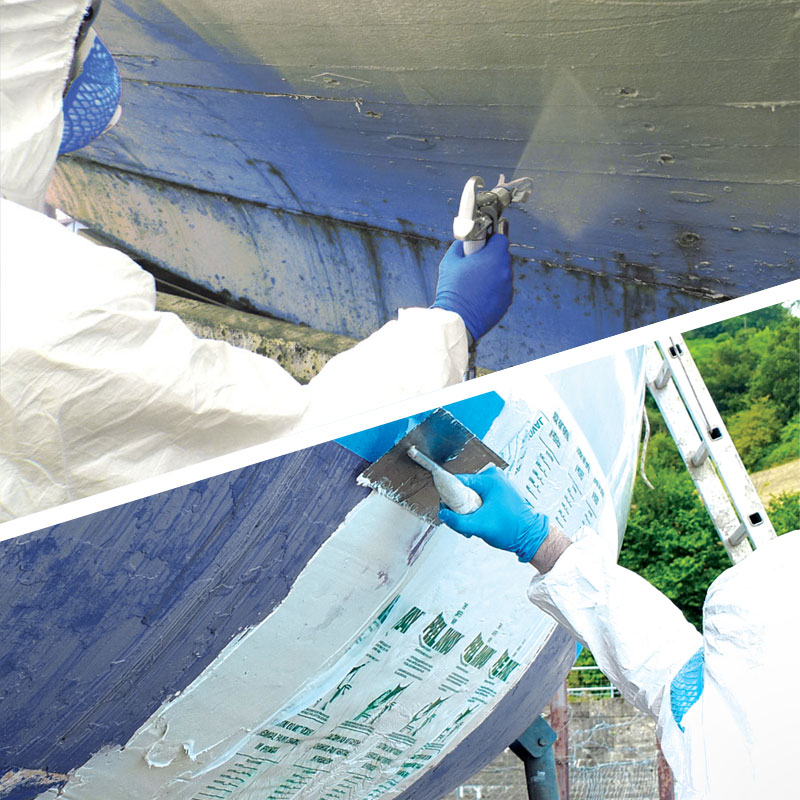
Stir well before use. Depending on test results apply up to 3mm thick.
Uneven surfaces – Apply airless spray, trowel or brush working into crevices, including on wooden hulls where planks overlap. Ensure raised edges and corners are covered well. Then apply a second coat to the final tested thickness. Finally, lay on the poultice blanket with print on the outside, gently rubbing to exclude trapped air bubbles.
Flat surfaces – Apply with airless spray, trowel or brush to the tested thickness required. Finally, lay on the poultice blanket with print on the outside, gently rubbing to exclude trapped air bubbles.
Dwell time will be as indicated by the test patches but can be between 30 minutes and 24-48 hours depending on thickness and type of anti foul coating. Do not leave for longer than 48 hours.
External use may be affected by extremes of weather and treated areas should be monitored and further protected if required.
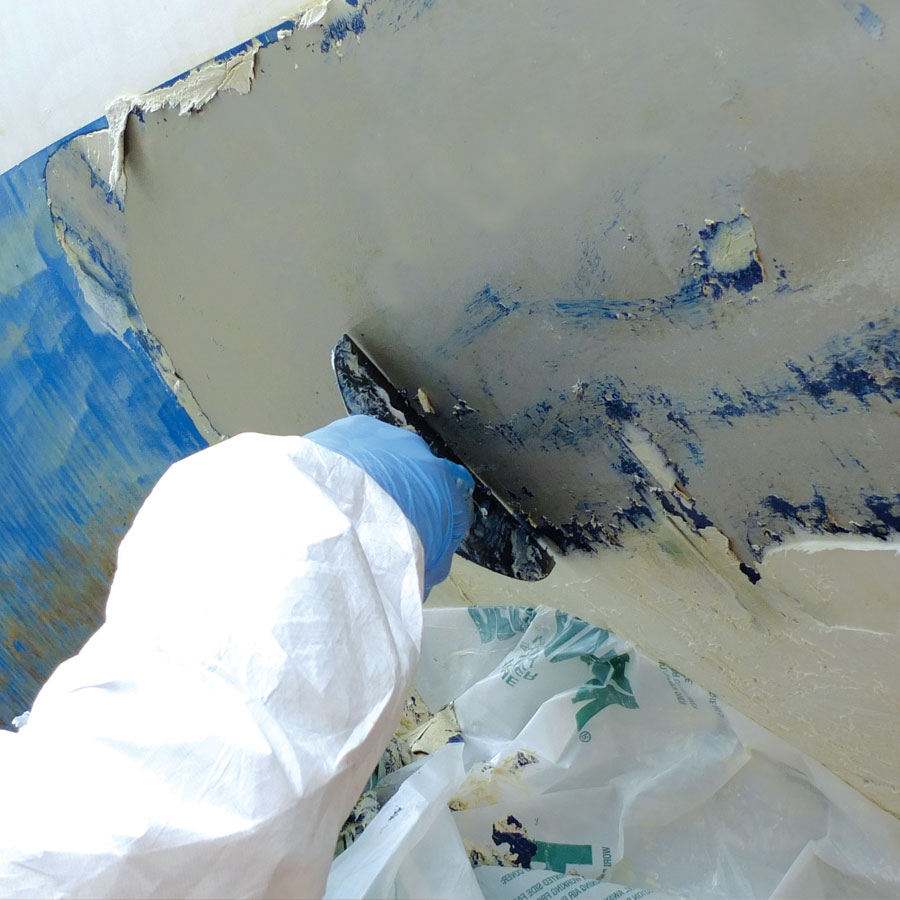
Slide a flat scraper/spatula under the paste and paint, keeping the paste, paint and cover together as much as possible. Any remaining softened coating can be removed by a further application of Peelaway Marine. Certain paints can be softened but not easily removed with the scraper, in which case try rubbing down with a scouring pad or shave hook. Where local boatyard conditions allow, pressure washing may also aid removal of residues.
Finally wash off the stripped surface with water and allow to dry thoroughly before recoating.
Collect all residues and dispose in accordance with local authority regulations for this type of waste.